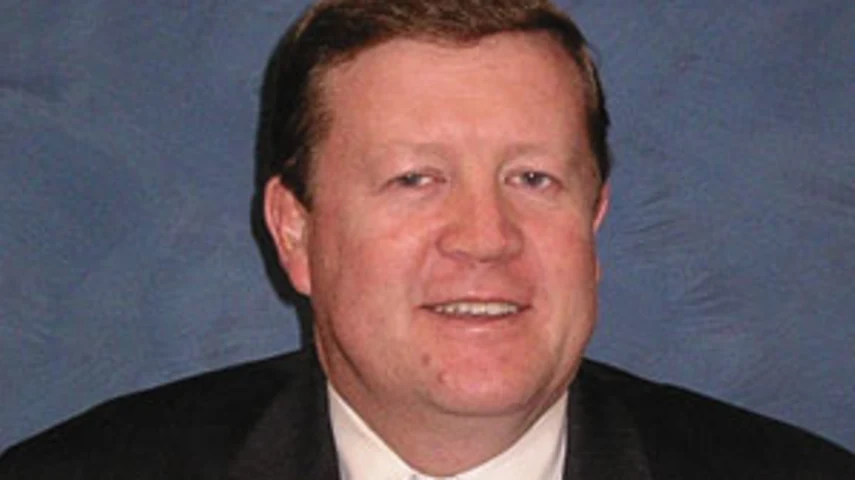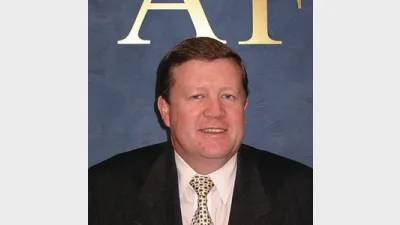When the dealer group model breaks, CEOs fall



As a number of dealer group heads have found themselves out of a job, Mike Taylor writes that it is symptomatic of the impending death of the traditional financial planning dealer group model.
The past eight months has seen no fewer than five mid to large dealer group heads depart their roles, with the most recent being Australian Financial Services Group (AFS) Group chief executive Peter Daly.
The others include Count Financial's Andrew Gale, Professional Investment Service's (PIS’) Grahame Evans, Snowball's Tony McDonald and DKN Financial Group's Phil Butterworth.
The departure of these highly experienced senior executives was owed to a variety of reasons, but with one common theme – scale and distribution.
It is now history that Count was acquired by the Commonwealth Bank, DKN was acquired by IOOF, Snowball merged with Shadforth Financial Group, and PIS became a part of the publicly-listed Centrepoint Alliance.
For its part, AFS had publicly spruiked the likelihood that it would be acquired by a major financial services entity for the best part of three years without anything having actually happened.
In the meantime, the eyes of the financial services industry remain trained on groups such as Matrix Planning Solutions, which last year effectively declared itself to be on the market.
All of this tends to confirm the industry's concerns about the Government's regulatory agenda giving rise to vertical integration, and the renewed dominance of the banks and major institutions such as AMP.
But what it also does is give validity to the claim that the commercial models which have underpinned many dealer groups for most of the past two decades will not be sustainable once the Government's Future of Financial Advice (FOFA) legislation passes the Parliament and is ultimately imposed in around 12 months' time.
And the primary reason for the looming failure of the traditional model is the FOFA ban on volume rebates – something which will significantly erode a core source of income for small to medium-sized dealer groups.
Of course, dealer groups were established as businesses designed to service the needs of individual financial planners or financial planning practices.
The pace with which many of the dealer groups grew in the decade and a half to 2008 was largely attributable to a combination of the superannuation guarantee, growth in the Australian economy, and higher levels of individual share ownership following the float of public icons such as the Commonwealth Bank, Telstra and NRMA.
With the growth in consumer interest in investment came greater regulation and tougher licensing requirements – something which created an even greater need for planners to pay to be members of dealer groups.
Simply put, dealer groups gave planners the same sort of back office enjoyed by those working for majors such as AMP or MLC in terms of regulatory compliance, research and information technology.
It is also worth noting that growth in dealer group turnover increased markedly in the period immediately following the introduction of the Financial Services Reform Act with the more onerous regulatory requirements it imposed on planners.
While some have suggested the hurdle created by the volume rebate ban is not insurmountable, the time and costs associated with moving to a different model have caused the boards of the mid-sized dealer groups to consider their options, and the easiest option for some has proved to be accepting acquisition by a larger entity.
Indeed, the Commonwealth Bank's acquisition of Count Financial represented a case in point, with the Count board receiving the offer at a time when it was also mulling over the challenges associated with adopting a new commercial model.
Then, too, the Commonwealth Bank offered to acquire Count Financial at a share price well above that at which it had been trading.
However, the major banks have exhibited little interest in some of the other mid-sized dealer groups, preferring the tactic of luring away their major practices with sign-on fees and other blandishments.
Count is increasingly emerging as an exception, because even when the National Australia Bank gained a stake in PIS as a result of its 2009 acquisition of Aviva, it ultimately did nothing to lift that stake.
The question for those mid-sized dealer groups which remain in the market is whether they can devise a commercial model capable of overcoming the revenue shortfall created by the ban on volume rebates.
Further, they must do so in the knowledge that while the Federal Coalition parties have signaled they will repeal the two-year opt-in arrangements applying to financial planners, they have been less clear-cut about how they will approach the question of volume rebates.
What most of them have already embraced is that it will only be the larger players such as AMP, the banks and Mercer who will be capable of competing in the market for the delivery of scaled advice.
In the absence of ready access to volume rebates, it seems likely that those with simple back office service delivery models will emerge the winners.
Recommended for you
In this episode of Relative Return Insider, host Keith Ford and AMP chief economist Shane Oliver discuss the latest shock consumer price index numbers, which rose to 3.8 per cent in October, as well as the shifting US market and calls for super funds to invest in infrastructure projects.
In this episode of Relative Return Insider, host Keith Ford and AMP chief economist Shane Oliver discuss the Reserve Bank of Australia’s cautious stance in response to persistent inflation, subdued growth prospects, and political shifts affecting the nation’s journey towards net zero emissions.
In this episode of Relative Return, host Laura Dew speaks with Rachel White, head of financial adviser services at Vanguard about how advisers can help Australians to feel confident in retirement.
In this episode of Relative Return Insider, host Keith Ford and AMP deputy chief economist Diana Mousina take a look at the Reserve Bank’s unanimous decision to leave rates on hold on Melbourne Cup Day and whether future cuts are still on the cards.








